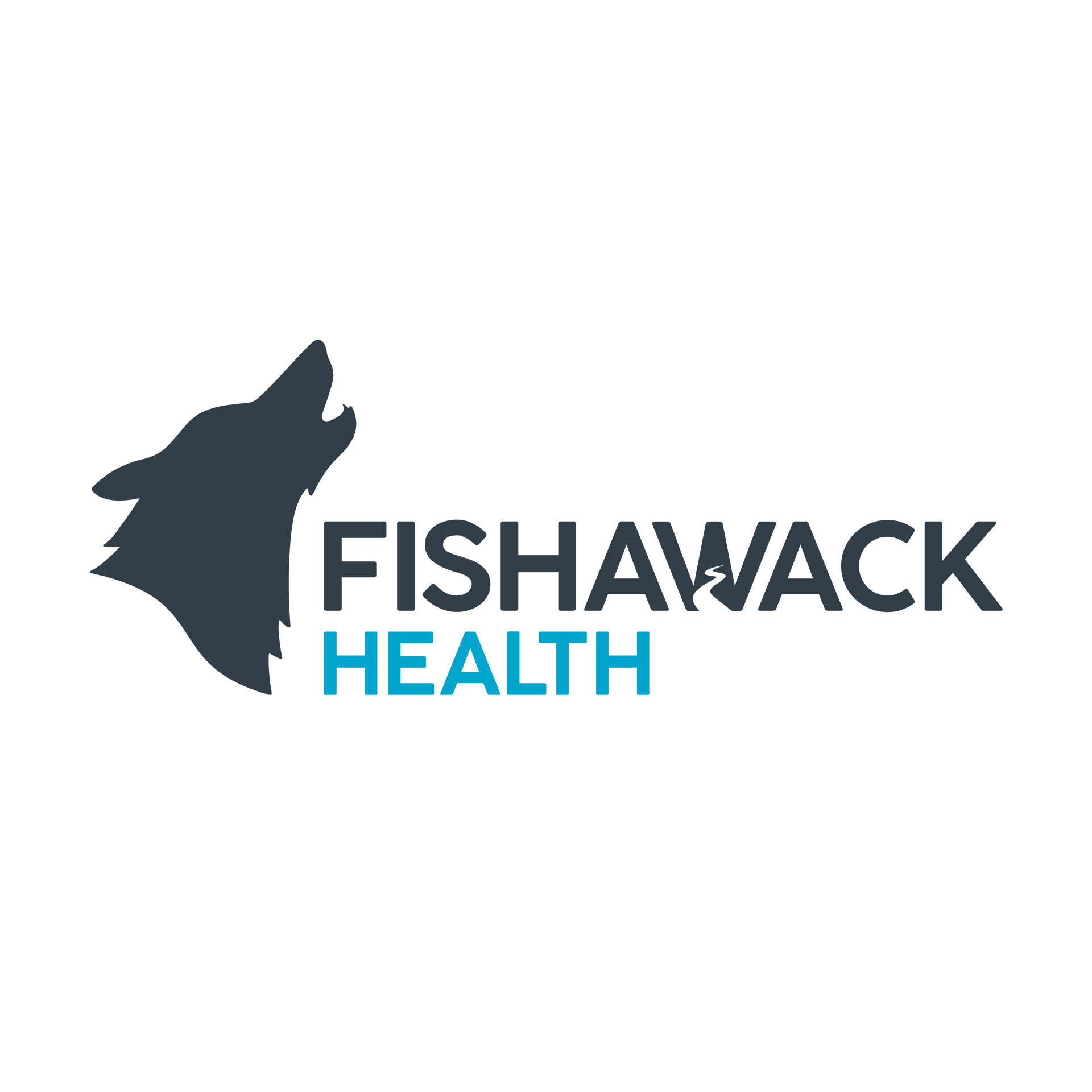Great creative is effective creative. And effective creative is affective creative

Our creative philosophy has always been simple. To produce works that works. Effective, impactful brand communications that deliver tangible results. As the great adman Bill Bernbach said: “If it doesn’t sell, it isn’t creative.”
And if you want to sell or change behavior, you need to reach your target audience with evocative creativity. That’s why we believe for creative to be truly effective, it needs to first be affective.
Our creative approach at Fishawack Health is Affective Creativity. Creative crafted to make deep, motivating connections with our target audience. We tap into psychology and combine that with creative craft and expertise and to deliver powerful, engaging work on a conscious as well as a subconscious level.
We’re learning more and more about the power of creativity itself every day. One study found that creativity can double the impact of every marketing dollar spent. That’s powerful stuff.
Here’s what we now know for sure from the science:
- Creativity sells.
- Concepts and storytelling are the most effective ways of conveying information. (And the better the idea, the better the impact).
- People are motivated by conscious and subconscious goals, which strongly influence choices.
- 95% of decisions are made subconsciously.
- Emotions drive action.
- Craft matters. For example, that the active voice is more powerful than the passive; that something labelled ‘tender chicken’ is more desirable than just ‘chicken’. Visually, we know that certain colours evoke certain emotions, and that shared cultural concepts can be powerful shortcuts to subconscious connections.
When it all comes together, and you hit that affective sweet spot, the result is strategically sound and effective creativity.
One shining example of this can be found in the Melanoma Likes Me campaign from WPP in Australia:
Melanoma Likes Me
Melanoma haunts outdoor, in-the-sun Australians. It’s the most lethal cancer for those between 15 and 30. To reach this elusive group, George Patterson Y&R created a mobile campaign for Melanoma Patients Australia, Melanoma Likes Me. An application searched popular sun-related hashtags and geolocations for posts from young Australians in the sun. Then, the creepy online persona ‘Melanoma’ – would ‘like’, ‘follow’ and comment, in real time.
It’s a brilliantly creative way to make an impact with the key target audience of young, sun-loving Australians, in an environment where they operate. Using social media itself as a vehicle to personify melanoma and physically demonstrate the way it sneaks up on you, unsuspected, is just inspired.
It’s affective and effective. So simple, so clever, so insightful.
And even though it’s utilizing the technology superbly, the idea is built around the audience first – where they are and what they’re doing and how to get their attention.
Technology changes but humans don’t
And that’s an important point about technology. The creative industry tends to be obsessed with the new. We love the latest tech, the latest ‘thing’. “This changes everything” is something we all hear ad nauseum. And yet humans haven’t really changed since homo sapiens first emerged.
Again, as Bill Bernbach observed: “It took millions of years for man’s instincts to develop. It will take millions more for them to even vary. It is fashionable to talk about changing man. A communicator must be concerned with unchanging man, with his obsessive drive to survive, to be admired, to succeed, to love, to take care of his own.”
That’s why we should be obsessed with the customer not the technology. Provided your audience is at the heart of your idea, then technology is just a means to connect with them. Of course, you need to understand how they use the technology, why they use it, what they’re getting from it. But the technology should never lead your creativity; that should always be your audience.
How to have great ideas. (It’s not a magic trick).
Although creativity can be magical, coming up with ideas is anything but.
It all starts with a great brief. Creatives need is clarity, direction, and inspiration. An inspirational brief, built upon deep insight, will ensure that your creatives are thinking of ideas before you’ve even finished the verbal briefing.
The other thing you really need, which seems like it is in shorter supply these days, is time. Because in order to think of truly exceptional and breakthrough ideas, your brain needs permission to think and explore. James Webb Young’s seminal 1965 work, A Technique for Producing Ideas lays it out best. He emphasises the point that the best ideas come when you stop consciously thinking about the brief. That’s when your subconscious kicks in and starts making creative connections.
It’s a cliché that we have our best ideas in the shower, but it’s not far off. Some of our best ideas tend to come anywhere but at our desks (or nowadays our home office, kitchen table, or couch).
So, time to pause and switch to thinking about something else is vital process of great or even good ideas.
Do brainstorms work?
Of course we don’t always have the luxury of lots of time. Sometimes we need to move faster, and pool our resources and minds together. But the preparation work and the brief needs to be even more tightly screwed down.
We’ve developed various brainstorming formats designed to get initial ideas quickly and to a decent standard – including Pack Hack, Scamper and the 1-2-3 Interval technique.
But be careful, the solution to your problem will likely not come out of your brainstorming session.
The watchout is trying to solve your problem in the session. Brainstorming will reveal different avenues and undeveloped ideas that will help you get to the best solution. It will jump-start brains and fill minds with stimuli. It’s a push down the slope, but the road is still long ahead with more ups and downs, and a lot of pedaling to be done.
At the end of the day, ideas take shape and are crafted through the hands of individuals and dedicated teams. Someone needs to write it up, sketch it up, comp it up, deck it up. Check it. Prototype it. Present it. Sell it. And make it. But a good brainstorm can definitely help that get that process going if you have the right people working together.
To find out how we can help you to produce creative work that works, contact newbusiness@fishawack.com











